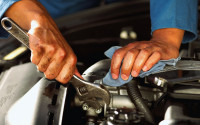Ideal Safety: 4 Types of Car Brakes
The braking system in your car is one of the most important components of your vehicle. Hate to be captain obvious, but without properly functioning brakes, you won’t be able to stop your car from moving. And this is not your kick-scooter or your bike so you can’t use your legs to force-stop the ride.
Proper and regular maintenance of your car brakes is important to ensure safety while driving and give you peace of mind so you can focus on the road. With basic knowledge, everyone can do basic inspections of the braking system of their vehicle. The first thing to learn is the different types of brakes and their specifics.
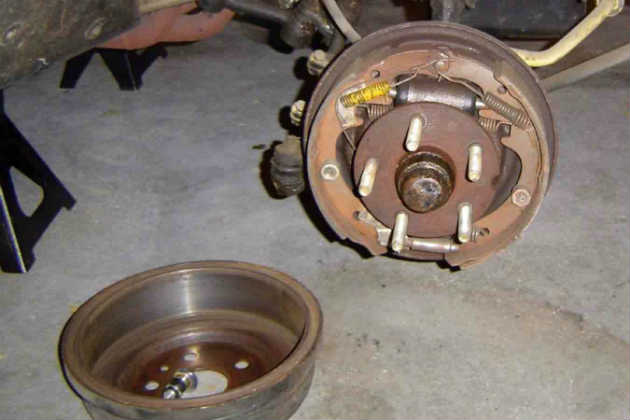
Drum Brakes
The basic elements of a drum brake system are hydraulic wheel cylinders, brake drum and brake shoes. But how does a drum brake system work? As is with most other brake types, they work by creating friction which stops the wheels from moving. So, when you apply force on the brake pedal, it gets amplified by the hydraulic wheel cylinders. The brake fluid is pressurized and forces the curved brake shoes (two of them) lined with friction material. Your rotating brake drum is subjected to this friction from the brake shoes and the vehicle stops.
Automotive drum brakes are found on rear wheels of older models, however, they are regularly replaced because the lining of the brake shoe wears out. It’s hard to specify exactly when this will happen as it depends upon your braking style, the mileage and the time since your last replacement. When the friction material eventually wears off, you need to have a mechanic replace it. It’s easy to find compatible car brake drums online.
You can also ask the mechanic to check for other possible failures in the system. There are brake return springs which can rust, and if this happens, they may cause unnecessary wear to the brake shoes. Another important failure is a leaky wheel cylinder. It’s caused by aging seals around the cylinder and the leaks can wreak havoc to other brake components, like the brake linings. Last but not least, an out of round brake drum is also an issue that has to be addressed immediately. The symptom is a pulsating sensation when you apply the brake pedal and it means that the drums have become oval and not round as they should be. All these issues can be sorted out by a good mechanic, so make sure you schedule the maintenance according to the advice in the owner’s manual.
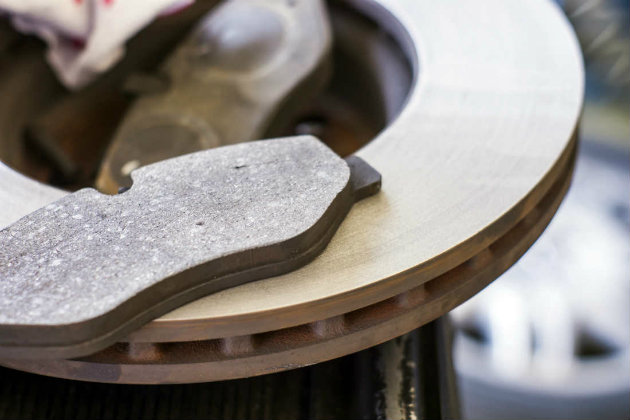
Disk Brakes
This braking system doesn’t include car brake drums at all. It consists of a brake disc, brake pads and rotors, brake calliper – and it is, in essence, a hydraulic system. Pressurized brake fluid (within a master cylinder) applies force to the brake pads which, in turn, create friction with the rotating disk. Since the vehicle stops due to friction, here we also have parts that will wear out given enough time and impatience during braking.
Common signs your disk brake needs service include: over or under sensitivity to your pedal work and increased time or distance needed to stop the car while applying the usual amount of force on the pedal. Hearing scratching sounds when you use the brakes is also a sign you can’t simply ignore. And if your car moves to the side when you use the brakes, the issue might be more serious. You’ll need to visit a mechanic to inspect and advise if the time has come to change the brake pads.
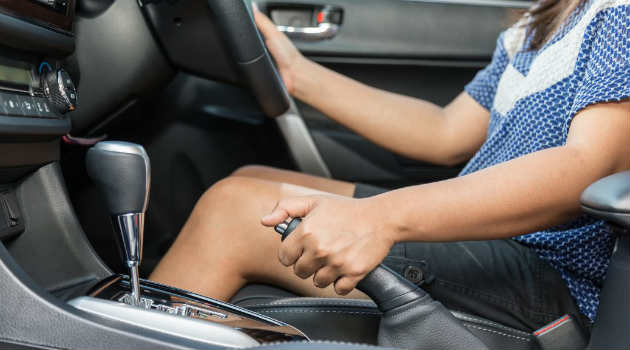
Emergency Brakes
Although they are considered a secondary braking system, also known by the euphemism parking brakes, emergency brakes are important for stopping your car. Yes, they can keep your vehicle in position when you park on a surface that is not level, but they are your ultimate back up brakes during driving as well.
They are independent of the other braking systems and work differently too. Usually, they apply pressure to the wheels mechanically via cables. Their exact place at the front can vary, some are placed between the two front seats, some are fixed as a third pedal, some take the form of a push-button, etc. Whatever their place may be, don’t forget to keep them in top shape, they are your hand-operated fail-safe device.
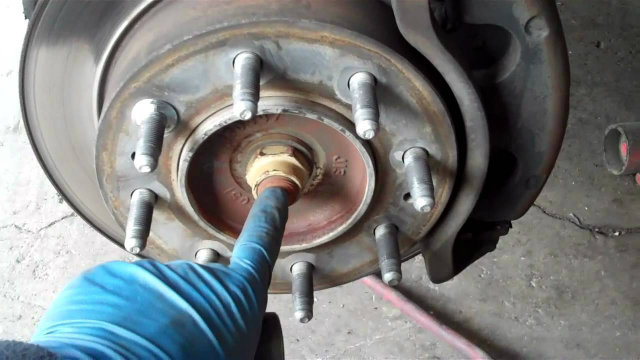
Anti-Lock Brakes
We are talking about sophisticated solutions here. The anti-lock braking systems (ABS) are designed to ensure that an equal amount of pressure is applied to all wheels. So, if you are driving on a wet surface and one of the wheels starts decelerating at a faster rate, your ABS systems will correct this. The result is no skidding and no locking up of the brakes. There aren’t many maintenance tasks regarding this system you can do it on your own. If your ABS is not operational, you’ll be notified via an indicator light on your dashboard. This will alert you that a different type of car diagnostics should be employed.
This was a short review of the most common brake systems in motor vehicles. You can watch for obvious signs that something is off, however, you can’t do all of the maintenance by yourself. When in doubt – go to the professionals, they’ll make sure your ride is safe to drive.



